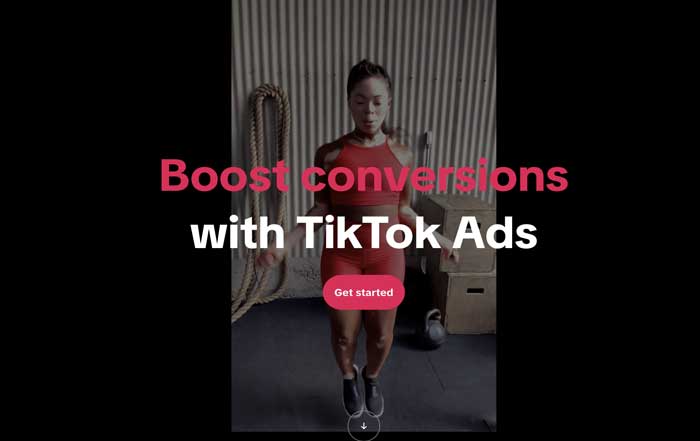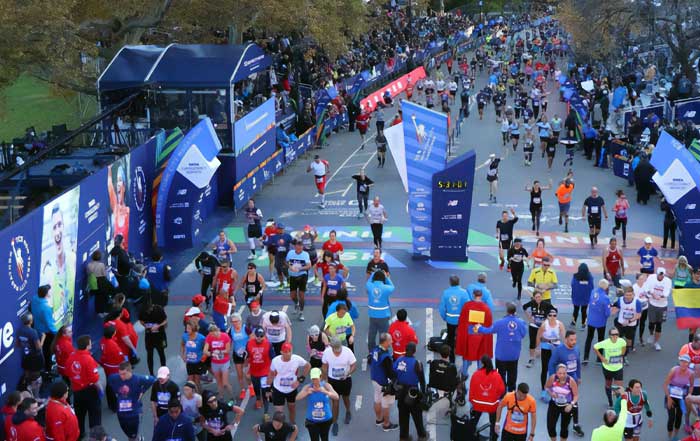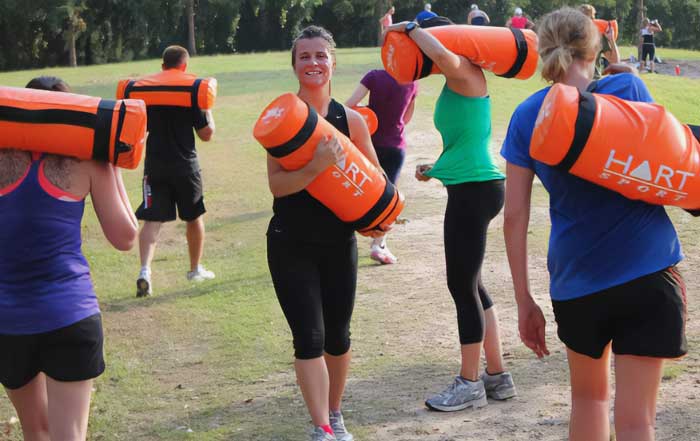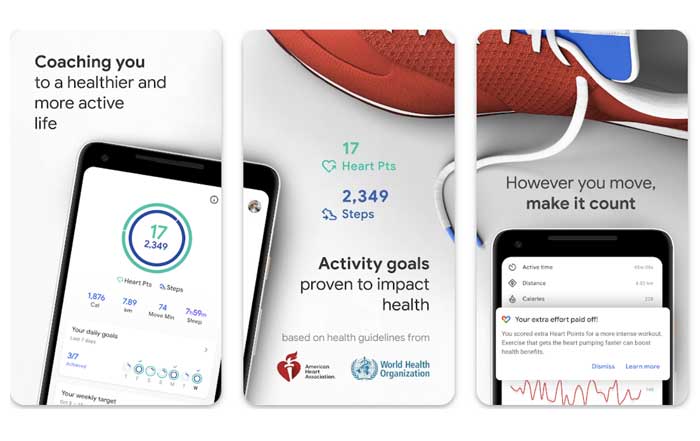Breaking into the sports marketing industry has always been a coveted goal for individuals passionate about both marketing and sports. The year 2025 presents a unique landscape, with evolving digital platforms, fan engagement strategies, and brand partnerships that continue to reshape how sports marketing operates. For aspiring professionals, entering this field requires a combination of traditional marketing knowledge, an understanding of sports culture, and the ability to adapt to the rapidly changing technological and consumer environments. This article will provide a comprehensive guide on how to break into the sports marketing industry in 2025, with actionable insights into the skills, education, networking, and opportunities necessary to succeed.
Understanding the Evolution of Sports Marketing
The sports marketing industry in 2025 is significantly different from what it was even a decade ago. The rise of digital media, the growing importance of data analytics, and the expansion of eSports have revolutionized how brands interact with fans and athletes. Social media platforms such as Instagram, TikTok, and X (formerly Twitter) have become central to fan engagement, offering real-time communication between athletes and their fanbases. Additionally, the rise of streaming services and the decline of traditional cable sports networks have shifted where and how fans consume sports content.
This evolution has created new avenues for marketing strategies, with brands focusing heavily on digital engagement, personalized fan experiences, and leveraging influencers within the sports ecosystem. Moreover, the integration of AI and machine learning has allowed for more precise targeting and analytics-driven decision-making. As a result, professionals entering the sports marketing industry need to be tech-savvy, innovative, and ready to leverage these advancements to craft marketing campaigns that resonate with today’s consumers.
Educational Pathways for a Career in Sports Marketing
Aspiring sports marketing professionals should start by obtaining the right education. While a degree in marketing, business administration, or communication has traditionally been the foundation for a career in marketing, those looking to specialize in sports marketing may benefit from degrees tailored to this industry. Many universities now offer specialized sports marketing programs that provide a deep understanding of the intersection between sports and business. These programs often cover topics such as sponsorships, event management, digital marketing, and fan engagement, equipping students with the specific knowledge they need to excel.
For those who have already completed a degree in a related field, obtaining a postgraduate degree in sports management or sports marketing can enhance their expertise. Many of these programs offer internships and partnerships with sports organizations, which provide invaluable hands-on experience. Furthermore, certifications in digital marketing, data analytics, and sports-related areas, such as ticketing systems or fan engagement platforms, can also bolster a candidate’s skillset and improve their chances of landing a job.
Gaining Experience in the Industry
Breaking into sports marketing requires more than just academic qualifications—it demands real-world experience. Internships, volunteer work, and entry-level positions within sports organizations are critical to gaining a foothold in the industry. Fortunately, many professional sports teams, leagues, agencies, and brands that sponsor sports events offer internship programs that allow aspiring marketers to gain first-hand experience in the field.
Interning at a sports organization not only helps build a resume but also provides insight into the operations and marketing strategies of the industry. Interns often get the chance to work on social media campaigns, assist with event planning, conduct market research, and engage with fans during live games or events. This practical exposure helps build a portfolio of relevant work, which can be presented to future employers. Additionally, volunteering for sporting events—whether at the local, national, or international level—can provide a valuable networking opportunity and a chance to meet professionals who could offer future career guidance or job opportunities.
Networking: The Power of Connections
Networking is one of the most crucial aspects of breaking into any industry, and sports marketing is no exception. Building a strong professional network can open doors to job opportunities, internships, and mentorship from experienced professionals. Aspiring sports marketers should attend sports industry conferences, networking events, and career fairs that cater to both marketing and sports industries. These events provide an excellent platform to connect with people who work in sports marketing, learn about industry trends, and gain insights into how the industry operates.
In addition to attending in-person events, online networking platforms like LinkedIn are valuable tools for connecting with industry professionals. Joining sports marketing groups, following thought leaders in the industry, and participating in relevant discussions can help build a professional online presence. Networking can also include informational interviews with industry professionals to learn more about their career paths and gain advice on how to break into the field.
Additionally, sports organizations, such as the Sports Marketing Association (SMA) and the International Sports Federation (ISF), offer memberships that provide access to industry events, exclusive job postings, and networking opportunities with fellow members. Being a part of these organizations not only enhances credibility but also opens avenues for building long-term professional relationships.
Building a Personal Brand
With so much competition in the sports marketing field, creating a personal brand is crucial to standing out. Sports marketers are expected to be creative, forward-thinking, and deeply knowledgeable about both the marketing and sports worlds. Aspiring professionals can build their personal brand by showcasing their skills, expertise, and passion for the sports industry through various platforms. One of the most effective ways to do this is by creating a portfolio that highlights previous marketing work, projects, and campaigns they’ve been involved with—especially those that relate to sports.
A strong social media presence is also essential. Aspiring sports marketers should consider maintaining professional profiles on platforms like LinkedIn and Twitter, where they can share insights about the industry, interact with key players, and post relevant content, such as blogs or case studies, that demonstrates their knowledge and engagement with the industry. Showcasing familiarity with key sports marketing trends, such as influencer marketing, personalized fan engagement, and the integration of technology in sports, can help individuals stand out when applying for jobs.
Moreover, a personal website can serve as a professional hub for prospective employers to learn more about a candidate’s background, experience, and work. A well-designed, content-rich website or blog demonstrates digital marketing capabilities, something highly sought-after in today’s sports marketing landscape. Regularly posting about industry trends, providing analysis of recent sports marketing campaigns, and discussing the impact of new technologies on the sports industry can help position an aspiring sports marketer as an expert in the field.
Breaking into Sports Marketing in 2025
Leveraging Digital Skills and Technology
In 2025, digital skills will be essential for anyone looking to break into sports marketing. The integration of technology in sports has transformed the way marketers reach and engage fans, making it crucial for professionals in the industry to be tech-savvy. A working knowledge of social media marketing, content creation, and digital advertising is no longer optional but a necessity.
Aspiring sports marketers should develop their skills in digital marketing platforms such as Google Ads, Facebook Ads, and TikTok campaigns. Understanding how to target specific demographics, optimize campaigns for engagement, and measure performance metrics using analytics tools will be highly valuable. Additionally, the ability to create compelling content—whether written, visual, or video-based—is essential for engaging modern sports fans. Sports organizations are increasingly looking for marketers who can create engaging, shareable content that drives fan interaction across social media platforms.
Technology is also shaping how brands interact with sports events and fans. The rise of augmented reality (AR) and virtual reality (VR) experiences, the growing role of NFTs (non-fungible tokens) in sports memorabilia, and the application of AI-powered fan engagement platforms are just a few examples of how technological advancements are influencing the sports marketing landscape. Aspiring marketers must stay on top of these trends and learn how to incorporate them into their marketing strategies to create innovative, tech-driven campaigns.
Understanding the Role of Data Analytics in Sports Marketing
Data analytics has become a driving force behind many marketing decisions in sports. Brands and sports organizations use data to understand fan behavior, measure the success of campaigns, and tailor their messaging to specific audiences. In 2025, the ability to work with data will be a core competency for sports marketers. Whether it’s tracking social media engagement, analyzing ticket sales, or assessing the effectiveness of sponsorships, data-driven insights allow marketers to optimize their strategies for maximum impact.
Aspiring sports marketers should develop proficiency in data analytics tools, such as Google Analytics, Tableau, and CRM systems used by sports organizations. Understanding how to collect, interpret, and apply data will give marketers an edge in crafting campaigns that resonate with fans and drive measurable results. Moreover, as AI and machine learning become more prevalent in the industry, marketers will need to learn how to integrate these technologies into their workflow, automating data analysis and optimizing marketing efforts in real time.
Exploring Emerging Sectors: eSports and Women’s Sports
In addition to traditional sports marketing, two sectors are experiencing significant growth and offer exciting opportunities for aspiring marketers: eSports and women’s sports. The eSports industry has exploded over the past few years and is expected to continue growing exponentially in 2025. With millions of fans worldwide, eSports offers a unique opportunity for marketers to engage with a younger, digitally native audience. Brands are increasingly sponsoring eSports teams, events, and influencers, creating a demand for marketers who understand the nuances of this industry and how to reach its audience.
Women’s sports are also experiencing a surge in popularity and investment. With increasing media coverage and growing fanbases, women’s sports present a relatively untapped market for sports marketers. Brands are beginning to recognize the potential of sponsoring women’s sports teams and athletes, leading to increased demand for marketers who can develop campaigns that resonate with fans of women’s sports. Understanding the specific dynamics of marketing to fans of women’s sports and eSports can provide aspiring marketers with a competitive edge as these sectors continue to expand.
Securing a Role in Sports Marketing: Job Search Strategies
The job search process in sports marketing requires strategy and persistence. First, aspiring marketers should create a tailored resume and cover letter for each application, highlighting their relevant experience, skills, and passion for sports. Including any volunteer work, internships, or personal projects that demonstrate expertise in marketing and sports can help candidates stand out. Additionally, candidates should consider working with recruitment agencies that specialize in sports marketing or marketing roles within sports organizations.
Entry-level positions may not always be glamorous, but they provide essential experience and opportunities to advance within the industry. Some positions that can serve as entry points into the sports marketing world include social media coordinator, marketing assistant, event coordinator, and sponsorship coordinator. Over time, professionals can move up the ladder to more senior roles such as marketing manager, brand manager, or director of marketing.
Internships and volunteer work can sometimes lead to full-time positions, so it’s essential to maintain a high level of professionalism and enthusiasm in these roles. Building strong relationships with colleagues, mentors, and supervisors can open doors to future opportunities and serve as valuable references during the job search process.
Final Thoughts on Getting Into Sports Marketing in 2025
Breaking into the sports marketing industry in 2025 requires a mix of passion, education, experience, and adaptability. Aspiring professionals must stay current with industry trends, hone their digital marketing and data analytics skills, and leverage networking opportunities to build a strong personal brand. By understanding the evolving landscape of sports marketing, including the rise of eSports, women’s sports, and emerging technologies, marketers can position themselves for success in this competitive and exciting industry. Whether through internships, networking, or targeted job searches, those with the right combination of skills and persistence will find their path into the world of sports marketing and unlock the opportunities that come with it.










